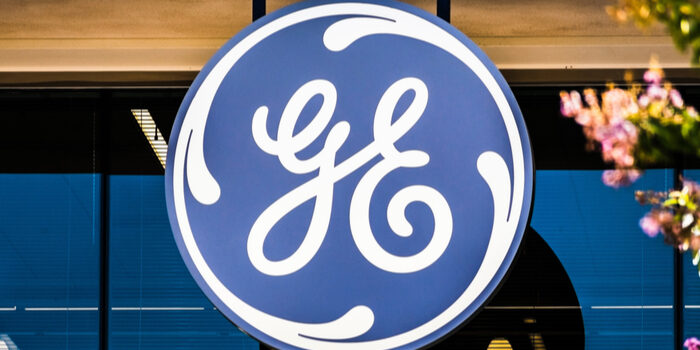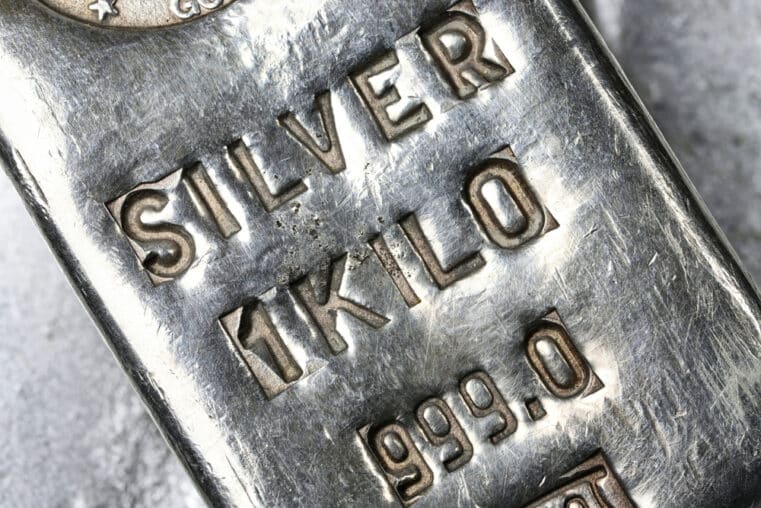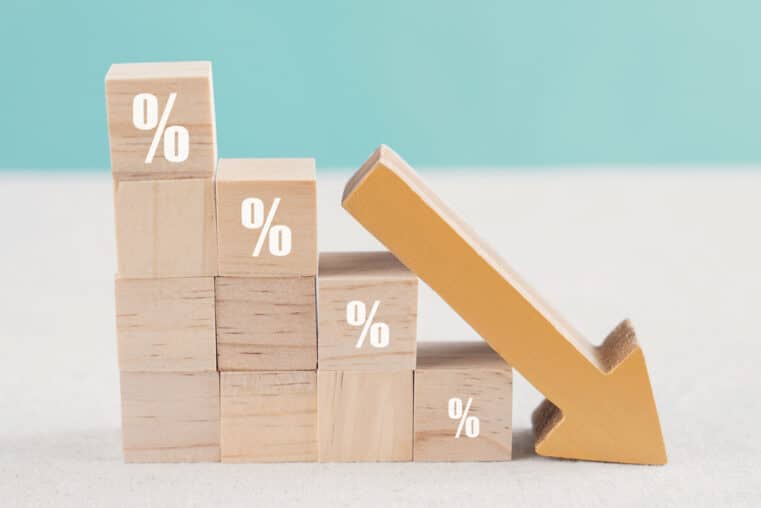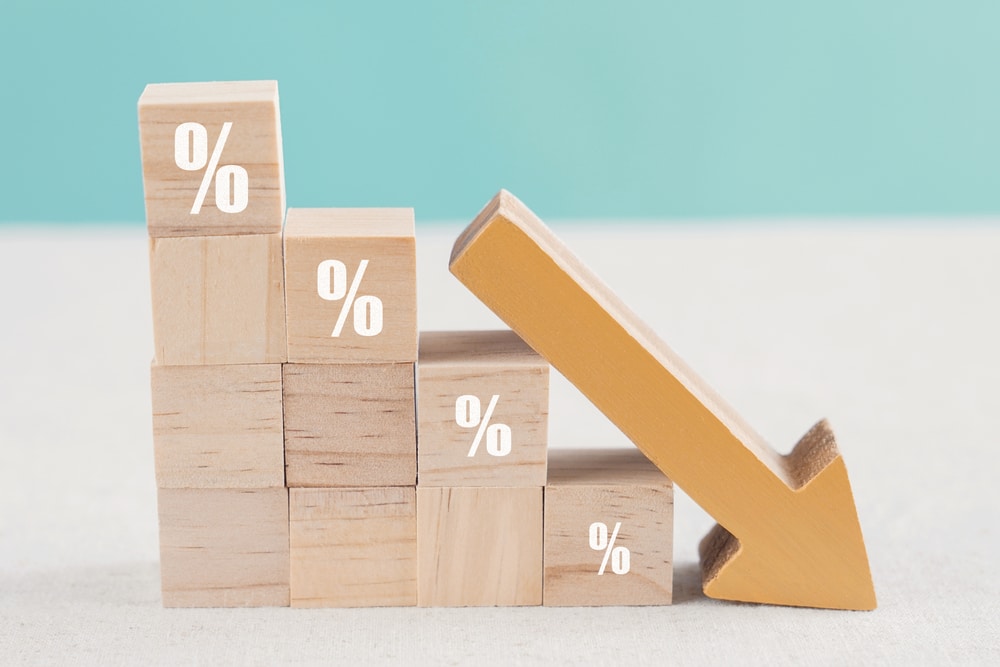
Don’t Be a Victim to the Underfunded American Pension Scam
Not long ago, Americans held on to a particular narrative that went like this: you go to school, get a good job, work hard, and if you’re smart enough to pay into your employer’s pension plan, your company will take care of you well into your golden years.
It’s a variation on the American Dream--all transactions fair, reciprocal, and are open to anyone willing to trade their time through labor for a better and more leisurely future. The narrative would make sense if only all transactions in life were fair. But as a number of pensioners are finding out, the narrative they believed to be true is merely scripted, and that all scripts can be rewritten or thrown away.
Around 40 million Americans depend on corporate pensions. In their minds, there’s very little reason to believe that their hard-earned pension benefits are anything short of reliable as promised. Should a corporation go under, or should its pension plan freeze or fail, the Pension Benefit Guaranty Corporation (PBGC)--very much like an insurance company--will step in and take over.
Similar to most insurance companies, the PBGC collects premiums from companies offering pensions. Those premiums are invested in a portfolio of fixed-income and equity securities. Should a company pension falter, the PBGC uses funds from its portfolio to take over the pension portfolio and its burden of payments? Chances are good that not all corporate plans will go defunct at once--that is, after all, every insurance company’s largest wager.
The big worry now is that, according to risk management firm Willis Towers Watson, most companies among the Fortune 1000 carry underfunded pension programs. They have only enough assets to meet 84% of their liabilities.
That may sound relative safe to most investors, but bear in mind that in 2007, the year before the following years' financial crisis, most Fortune 1000 company pension plans were overfunded by 106%!
And under-funded pensions mean that the value of their assets is less than their projected obligations. In 2018, with historically-low interest rates and a major stock market decline, the value of these assets have taken a huge hit.
With interest rates likely to go down even more (as the Fed aims to add to its balance sheet), a bear market or recession can push many of these pension plans well past their breaking point.
In fact some already have, and workers have begun to get burned by what they thought was a safe and reliable investment.
You may not have heard of St. Clare’s Hospital in Schenectady, NY. But pensioners are taking legal action against the hospital for the impending termination of their pension plans. Over 1,100 people, some of whom have worked there for 30 years, are being cut off the retirement income they’ve paid into and have earned during their years working for the company.
St. Clare doesn’t seem to have much of a choice, as their pension fund is estimated to run out of money between 2024 and 2028.
A statement released by a St. Clare’s spokesperson read:
"We regret that termination of the Plan is necessary, and we recognize the difficulty this is likely to present for Plan participants and their beneficiaries. There simply are not enough assets in the plan to provide the benefits to all current and future participants..."
Whether due to poor planning, bad management, or just bad luck, the fate of the Catholic-run facility exemplifies the risks of what may have appeared as a safe and reliable retirement investment.
In some cases, however, under-funded pension plans reflect not only the conditions above but also a blatant disregard for the loyal employees that paid into it. This and perhaps a dose of greed--as in the case of General Electric (GE).
The controversy surrounding GE is that its CEO, Larry Culp, has decided to freeze the pensions of 20,000 US employees while taking home a $21 million salary. Describing this gap of inequity as “excessive” would sound like an understatement.
This move aims to slash its current pension deficit by around $5 Billion, its net debt by around $4 Billion. A prudent move, it still doesn’t look good when Culp--who was brought aboard as CEO to turn the company around--has been granted a pay package worth $21 Million for the next four years, a payment that includes salary, bonus, and stock. But there’s more to it: if Culp is able to get GE stock up more than 50%, he will be rewarded $47 Million. And if the stock goes even higher, say, around $150%, Culp takes home $300 Million.
All the while, employees who have dedicated their lives working for a company that they believed would honor their pension plan are left “eating bitter” for the duration of their lives, no longer able to work at the capacity they once did when they were younger and stronger.
These are just two stories that describe the harsh reality that many pensioners will soon face. Don’t let yourself become a character in this illusory “pension” narrative. Take control of your retirement. Invest your own money independently, and don’t rely on a company’s promise to look after you during retirement in exchange for the only thing you can never get back--your “time.” Hold a diversified portfolio that can provide growth (stocks and physical gold and silver), income (bonds and NOT annuities, for you, will no longer own that money), and inflation protection (physical gold and silver).













